Obsah
- What Is Kratom and Where Does It Come From?
- How Does Kratom Affect Sleep?
- How Much Kratom Should You Take to Fall Asleep?
- Can Kratom Help With Opioid Withdrawal Symptoms?
- What Are the Risks and Adverse Effects of Kratom?
- How Is Kratom Traditionally Used in Southeast Asia?
- How Should Kratom Be Taken Safely?
- What Does Clinical Research Say About Kratom?
- How Can You Avoid Kratom Dependence and Misuse?
- How Does Kratom Compare to Other Treatments for Pain and Sleep?
- Conclusion
- Works Cited
What Is Kratom and Where Does It Come From?
Kratom, scientifically known as Mitragyna speciosa, is a psychoactive tree native to Southeast Asia, particularly southern Thailand, Indonesia, and Malaysia. The leaves of this evergreen tree have been traditionally used for their stimulant and sedative effects. Kratom leaves can be consumed in various forms, including:
- Dried leaf
- Kratom powder
- Kratom capsules
- Kratom tea
- Kratom extract
The main chemical components responsible for its effects are mitragynine and 7-hydroxymitragynine, which interact with opioid receptors in the brain, providing pain relief, sedation, or stimulation depending on the dose.
How Does Kratom Affect Sleep?
Kratom use can have a dose-dependent impact on the body. Low doses often produce stimulant effects, increasing alertness and focus, while higher doses may provide relaxation and pain relief, making it easier for some users to fall asleep.
- Low doses: Increased energy and focus
- Moderate doses: Relief from muscle pain and chronic pain
- High doses: Sedative effects that may help with sleep
Understanding kratom and its effects is crucial for safe use. Regular kratom users should monitor their dosage carefully to avoid kratom overdose, respiratory depression, or other adverse effects.
How Much Kratom Should You Take to Fall Asleep?
Determining how much kratom to fall asleep depends on multiple factors such as body weight, tolerance, and regular kratom use. General guidance includes:
- Low to moderate doses: 2–4 grams of kratom powder or 1–2 kratom capsules
- Higher doses for sedation: 4–6 grams of kratom powder or equivalent kratom extract
It is important to consume kratom responsibly. High doses increase the risk of adverse effects, including liver damage, nausea, and potential kratom dependence.
Can Kratom Help With Opioid Withdrawal Symptoms?
Kratom has gained popularity in western countries for its potential to relieve opioid withdrawal symptoms. Because mitragynine and 7-hydroxymitragynine act on opioid receptors, kratom may help mitigate:
- Opioid withdrawal
- Muscle pain
- Chronic pain
- Anxiety or depression associated with opioid use disorder
However, kratom itself can lead to kratom dependence and withdrawal symptoms in regular kratom users, and misuse can contribute to substance use issues. Healthcare providers recommend monitoring for signs of kratom dependence or abuse potential.
What Are the Risks and Adverse Effects of Kratom?
While kratom may provide benefits such as pain relief, sleep aid, and mood improvement, it also carries potential risks, including:
- Liver problems or liver damage
- Respiratory depression at high doses
- Kratom overdose
- Adverse effects when combined with other drugs or medicines
- Heavy metals contamination in raw plant material or kratom products
False beliefs about kratom’s safety, especially as a legal high or dietary supplement, have led to misuse. Users should consider other treatments and consult healthcare providers when taking kratom, particularly for chronic pain, opioid addiction, or depression.
How Is Kratom Traditionally Used in Southeast Asia?
In Southeast Asia, kratom leaves have a long history of traditional use. They were chewed fresh or brewed as tea to relieve pain, boost energy, or treat depression. Traditional kratom use focused on the raw plant material rather than highly concentrated kratom extracts or capsules common in western countries.
How Should Kratom Be Taken Safely?
Safe consumption practices help minimize risks while maximizing potential benefits. Recommendations include:
- Begin with low doses to understand dose-dependent effects
- Avoid mixing kratom with other substances such as caffeine containing soft drinks or other drugs
- Prefer oral administration in powder or capsule form for controlled dosing
- Monitor for signs of kratom dependence or adverse effects
- Only source kratom products from reputable suppliers such as Canapuff Kratom Collection
For those looking for relaxation or psychoactive effects, related products can be explored here: For Relax, Psychoactive Cannabinoids, Nicotine Vape, and Bestseller Collection.
What Does Clinical Research Say About Kratom?
Scientific studies on kratom are limited, but research published in pharmaceutical sciences and international journals suggests:
- Kratom alkaloids interact with opioid receptors to provide pain relief
- Low to moderate doses may act as a stimulant, while high doses can produce sedative effects
- Long-term kratom use carries risks of liver damage and dependence
- Clinical trials are ongoing to explore kratom’s medicinal chemistry and therapeutic potential
While kratom has gained popularity, regulatory oversight remains limited. The Drug Enforcement Administration monitors kratom use in the United States, highlighting the need for caution in regular kratom use.
How Can You Avoid Kratom Dependence and Misuse?
Kratom dependence and abuse potential exist, especially among regular kratom users. To reduce risk:
- Limit use to occasional, low doses
- Avoid mixing kratom with alcohol or other drugs
- Monitor for signs of withdrawal symptoms when stopping
- Seek professional guidance for opioid use disorder or chronic pain management
- Prefer regulated kratom products from trustworthy sources like Canapuff Kratom Collection
How Does Kratom Compare to Other Treatments for Pain and Sleep?
Kratom may be used alongside or instead of conventional treatments for chronic pain, muscle pain, or insomnia. Compared to other drugs or therapies:
- Kratom may offer a natural alternative for pain relief
- Kratom tea or capsules provide dose-dependent effects
- Other treatments may have more predictable efficacy or lower abuse potential
Understanding kratom and responsible use is essential for anyone considering it as part of a therapeutic plan.
Conclusion
Kratom, derived from Mitragyna speciosa, has both traditional and modern applications for pain relief, sleep, and opioid withdrawal support. Dose-dependent effects mean that low doses may provide stimulation, while higher doses can aid sleep. However, kratom use carries risks, including dependence, liver damage, and adverse interactions with other substances. Safe use involves controlled dosing, awareness of potential withdrawal symptoms, and sourcing kratom from reputable suppliers such as Canapuff Kratom Collection.
For a variety of kratom products and related supplements, explore Canapuff.
Works Cited
National Institute on Drug Abuse. "Kratom." National Institute on Drug Abuse, 2023, www.drugabuse.gov/publications/drugfacts/kratom.
Drug Enforcement Administration. "Kratom." DEA, www.dea.gov/factsheets/kratom.
Cinosi, Eugenia, et al. "Following ‘the Roots’ of Kratom (Mitragyna speciosa): The Evolution of an Enhancer from a Traditional Use to Increase Work and Productivity in Southeast Asia to a Recreational Psychoactive Drug in Western Countries." BioMed Research International, 2015, www.hindawi.com/journals/bmri/2015/968786/.
Kruegel, Andrea C., and Andrew D. Kruegel. "Kratom: Pharmacology, Clinical Effects, and Toxicology." Pharmacology & Therapeutics, vol. 234, 2022, doi:10.1016/j.pharmthera.2022.108142.
Hassan, Zareen, et al. "Kratom (Mitragyna speciosa) Use and Health Impacts in Southeast Asia and the West." International Journal of Environmental Research and Public Health, vol. 16, no. 22, 2019, doi:10.3390/ijerph16224504.




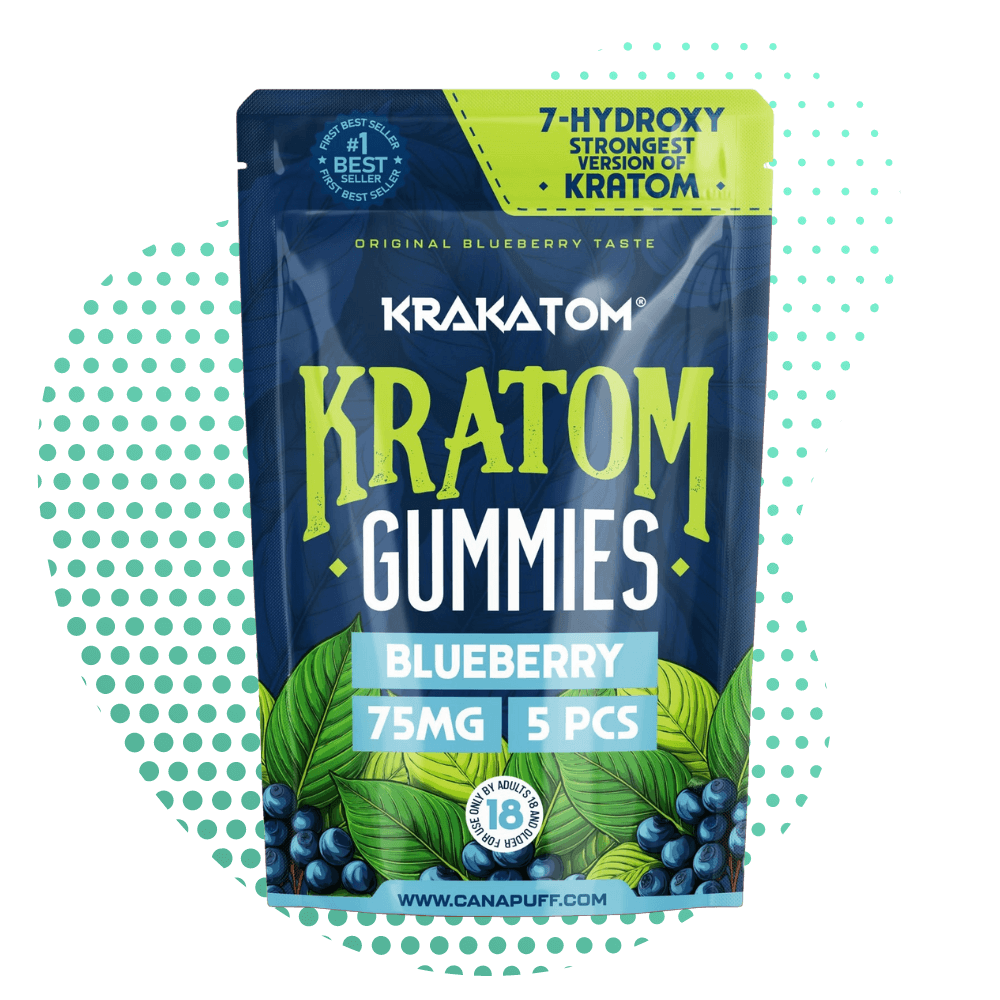

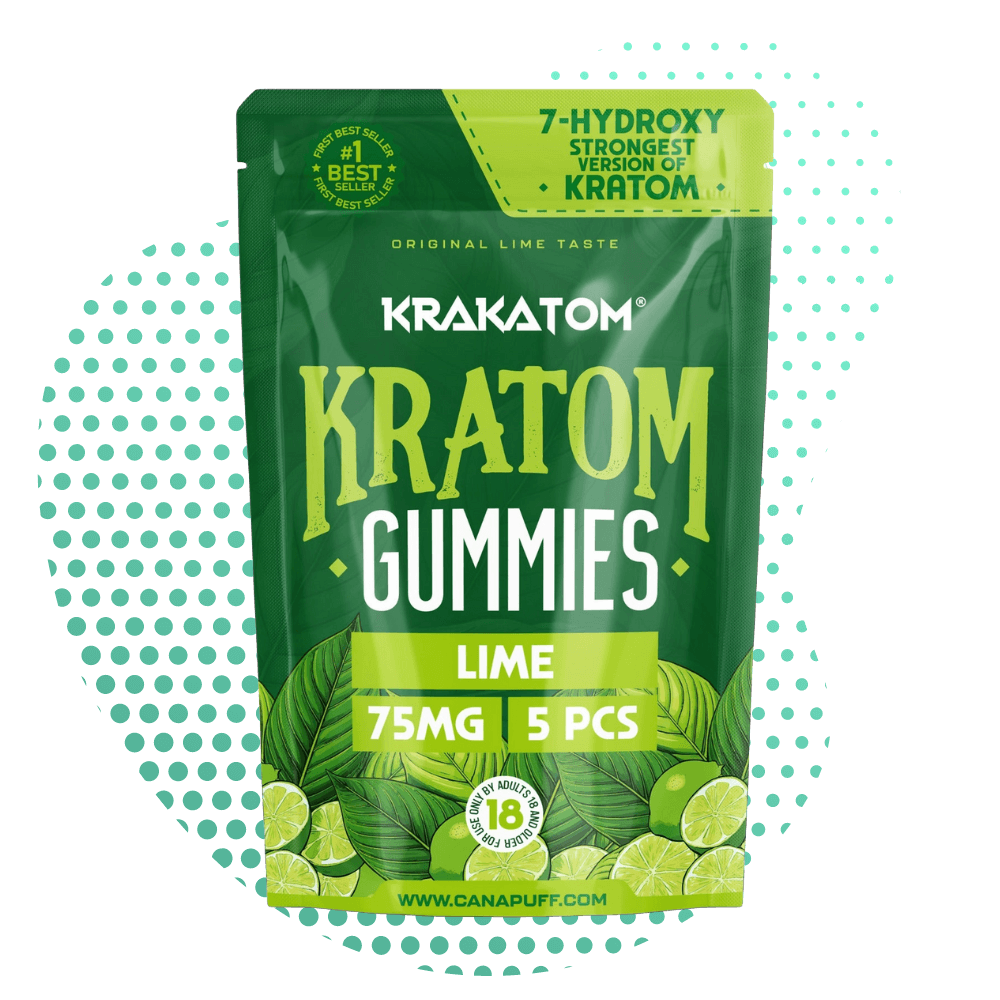
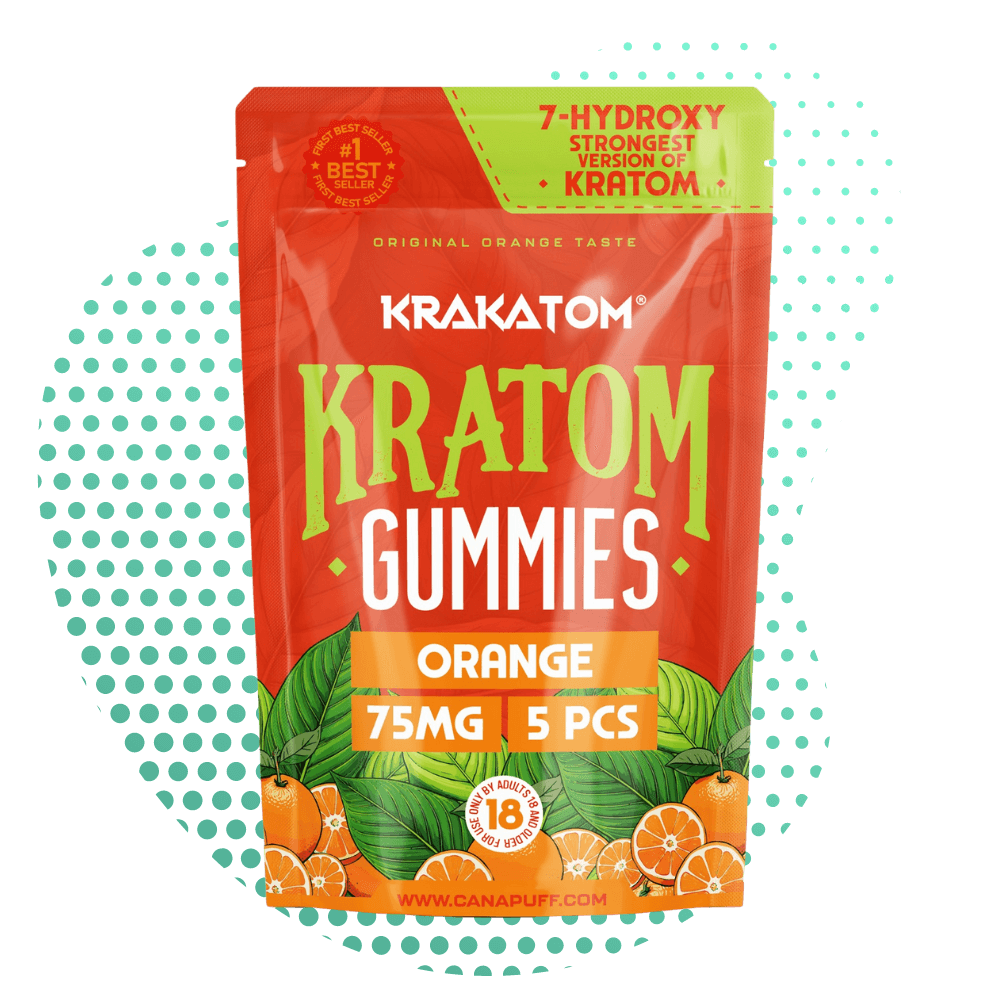


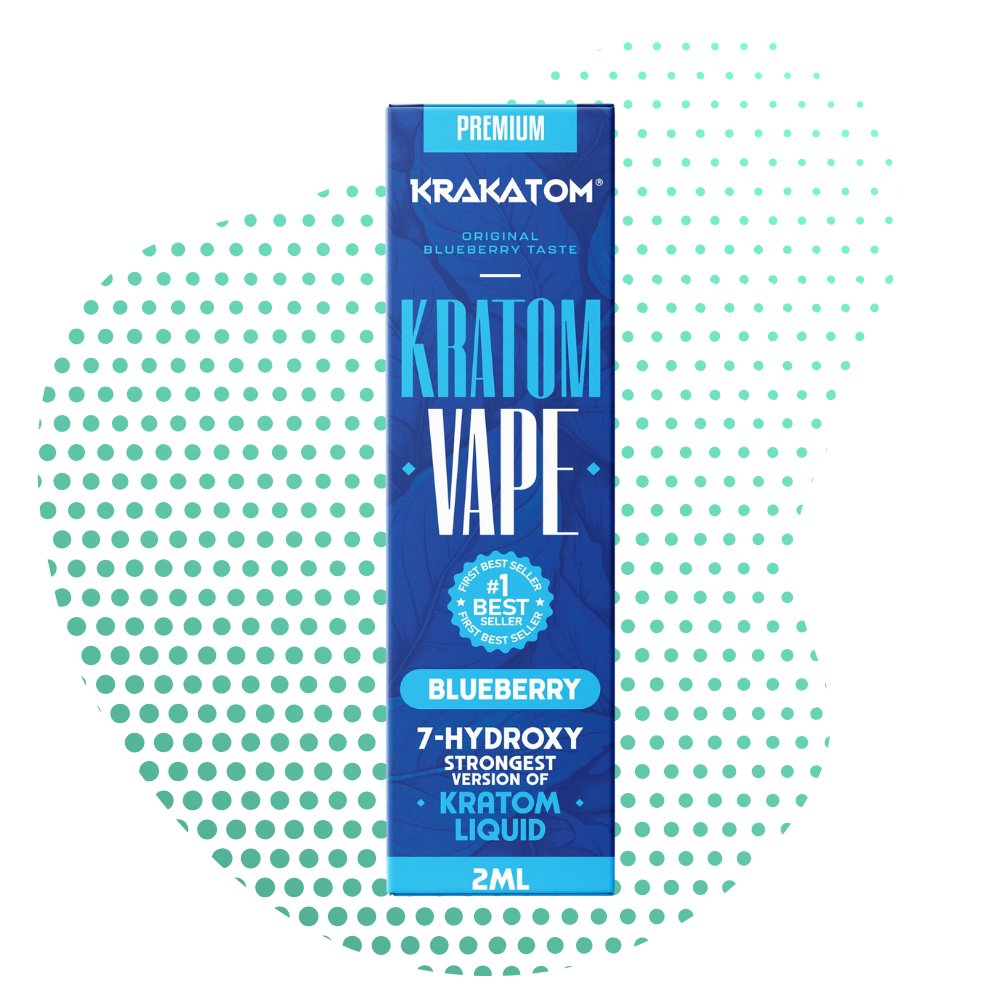
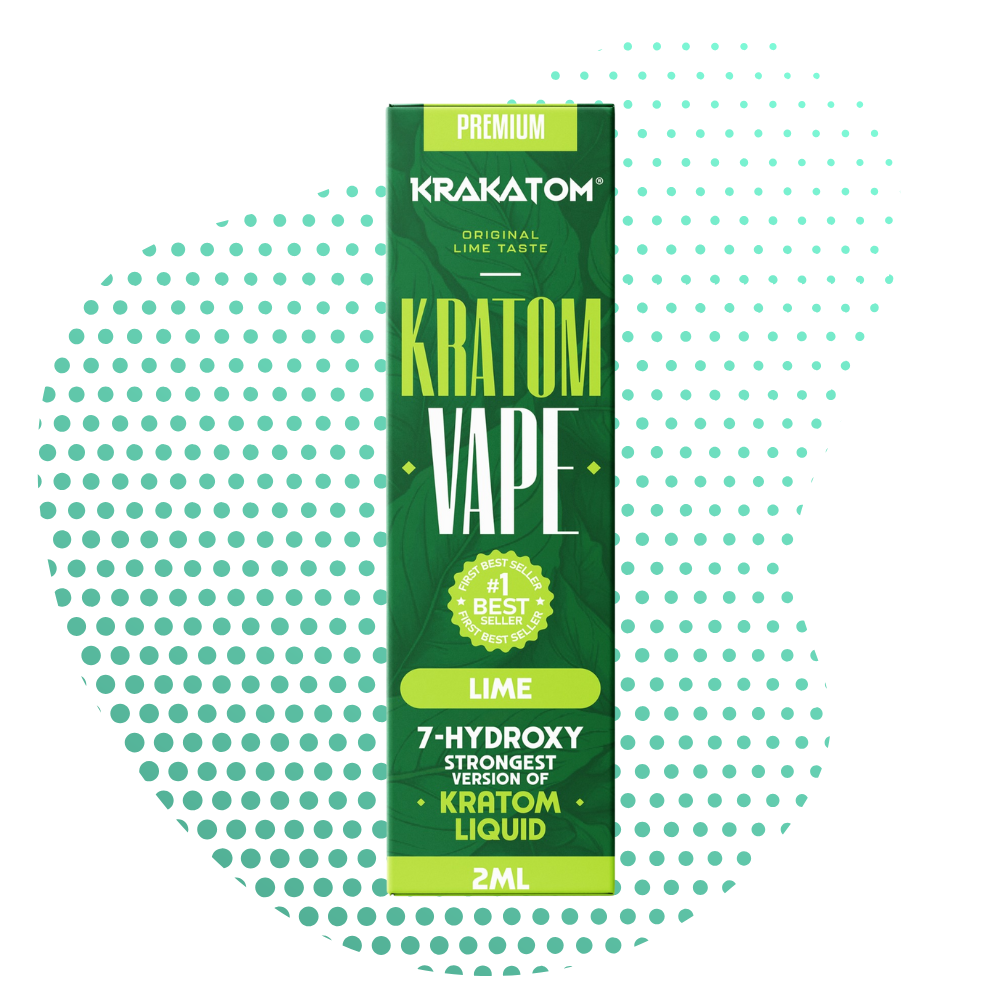


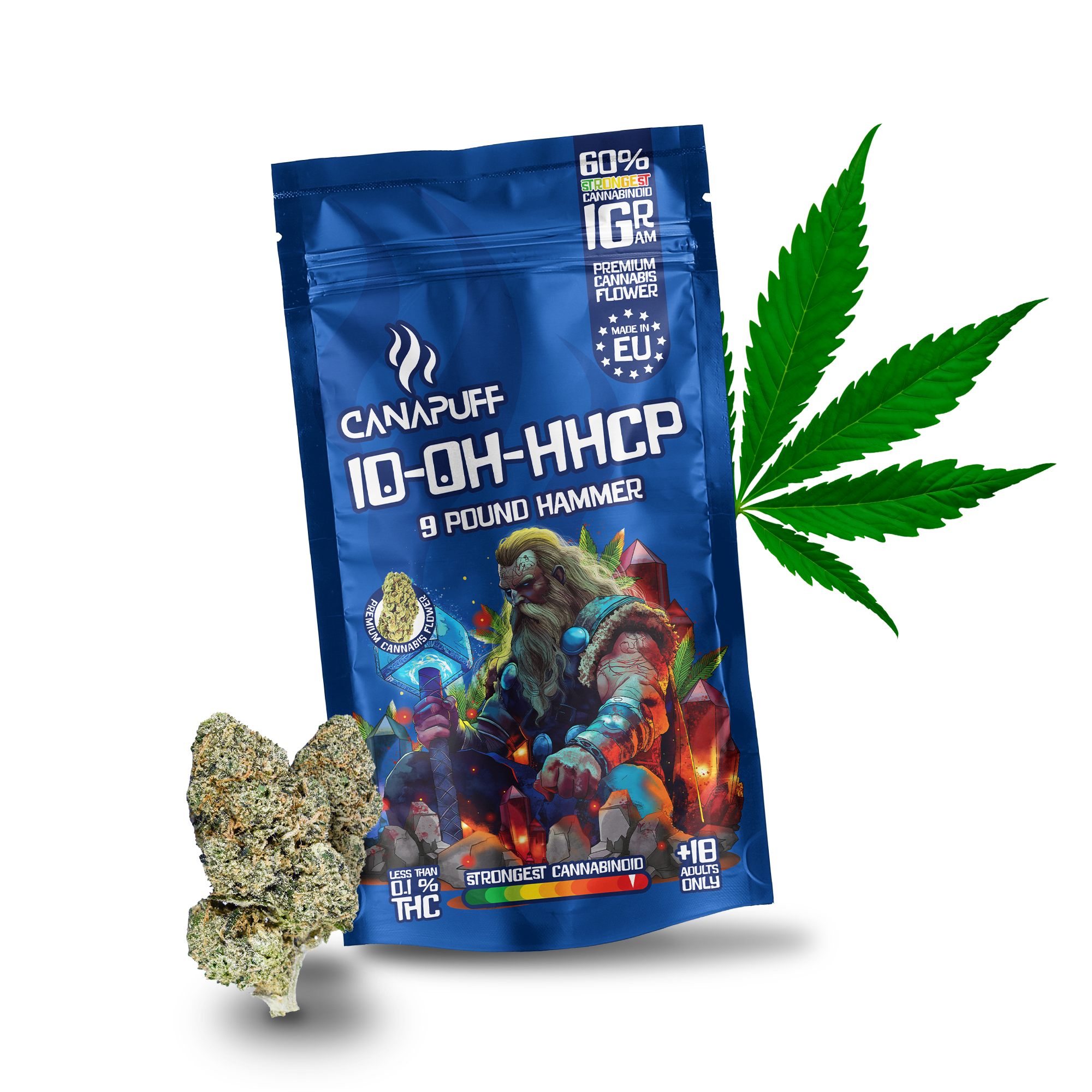
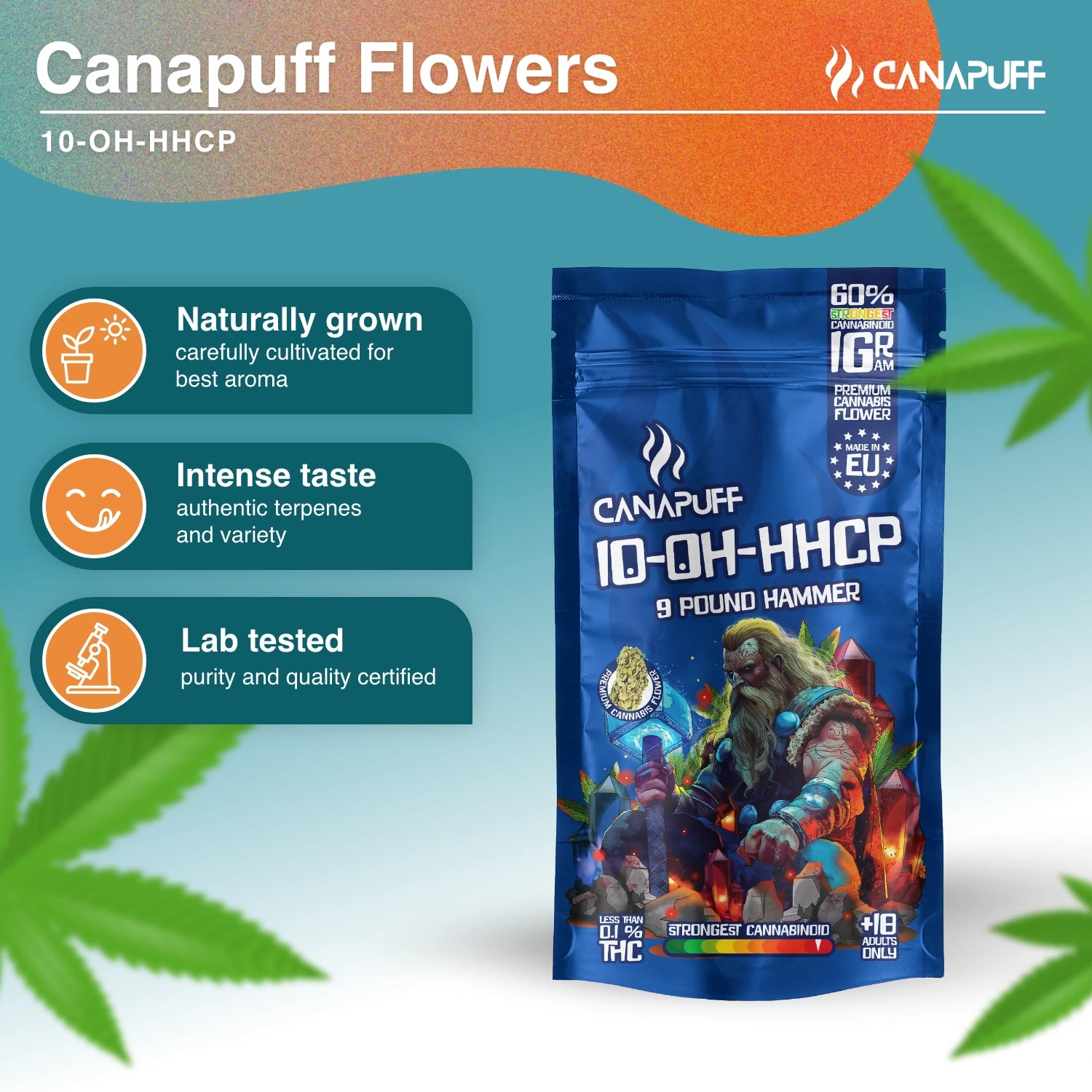
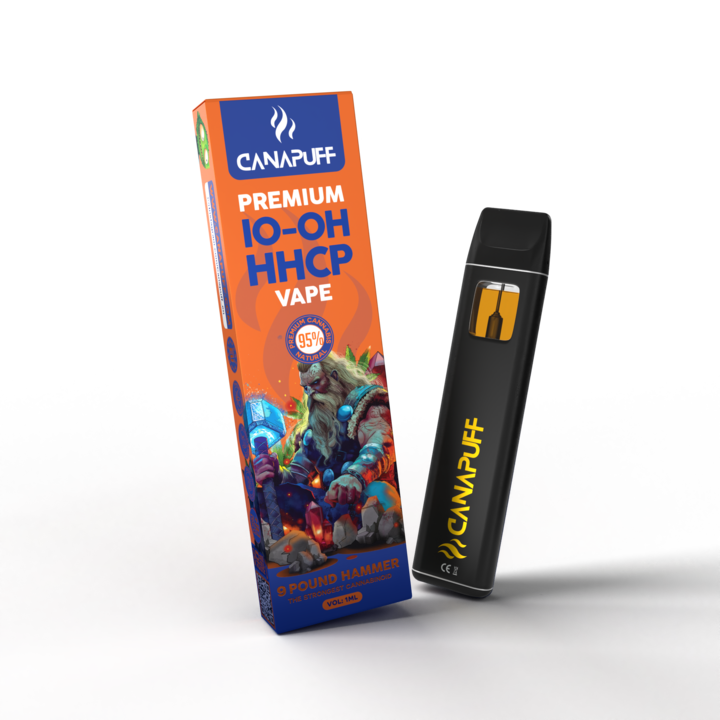
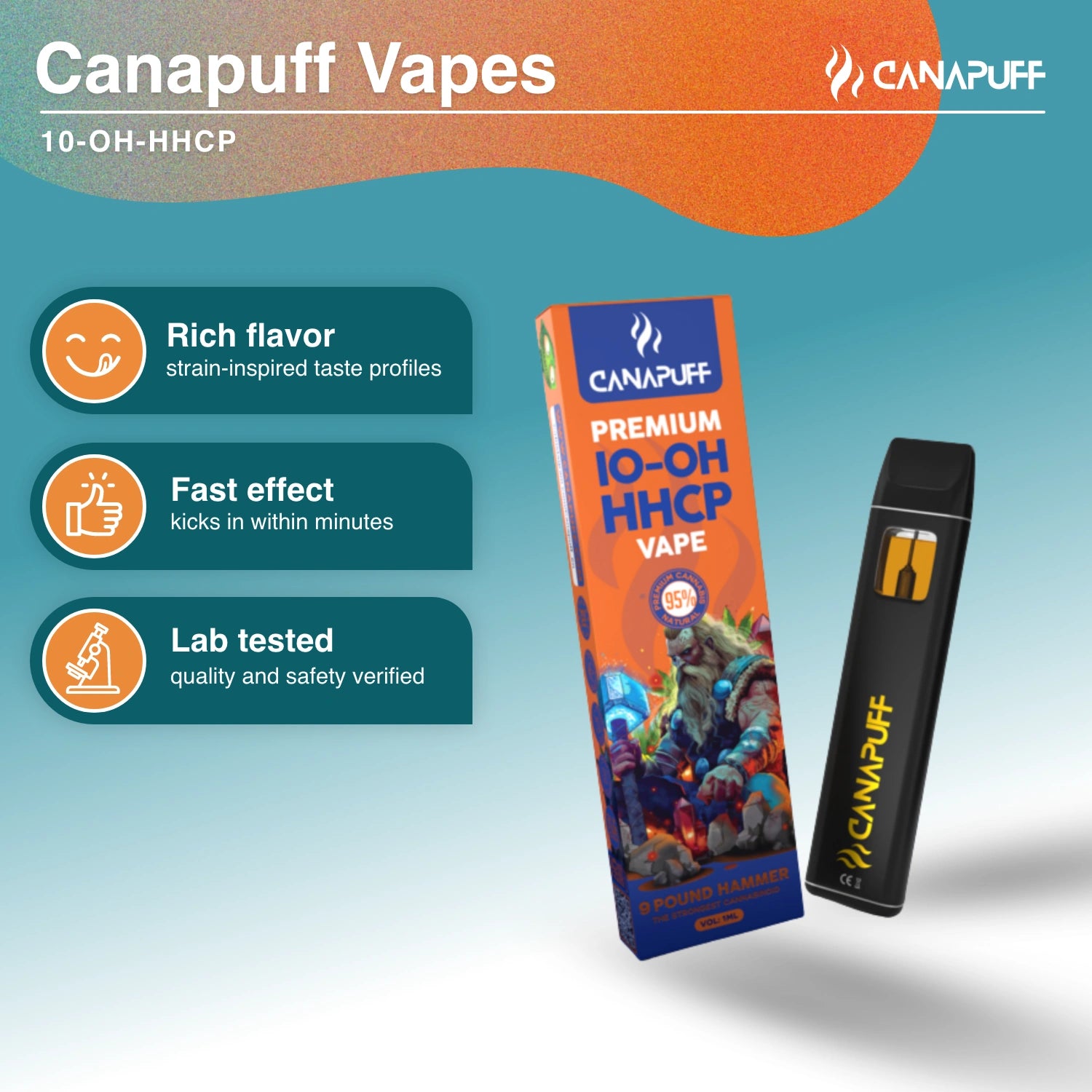








Napsat komentář
Tento web je chráněn službou hCaptcha a vztahují se na něj Zásady ochrany osobních údajů a Podmínky služby společnosti hCaptcha.